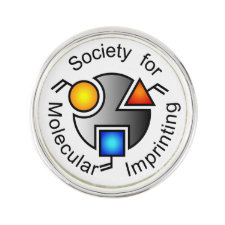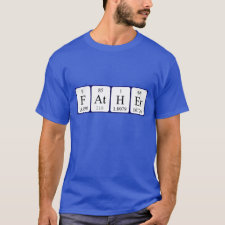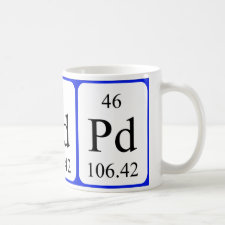
Authors: Tao HC, Gu YH, Liu W, Huang SB, Cheng L, Zhang LJ, Zhu LL, Wang Y
Article Title: Preparation of Palladium(II) Ion-Imprinted Polymeric Nanospheres and Its Removal of Palladium(II) from Aqueous Solution.
Publication date: 2017
Journal: Nanoscale Research Letters
Volume: 12
Issue: (1)
Page numbers: ArticleNo583.
DOI: 10.1186/s11671-017-2349-5
Abstract: Three kinds of functional monomers, 4-vinylpridine(4-VP), 2-(allylthio)nicotinic acid(ANA), and 2-Acetamidoacrylic acid(AAA), were used to synthetize palladium(II) ion-imprinted polymeric nanospheres (Pd(II) IIPs) via precipitation-polymerization method in order to study the effects of different functional monomers on the adsorption properties of ion-imprinted materials. The results of UV spectra in order to study the interaction between template ion PdCl4^2- and functional monomers showed that there were great differences in structure after the template reacted with three functional monomers, 4-VP and ANA caused a large structural change, while AAA basically did not change. Further results on the adsorption performance of Pd(II) IIPs on Pd(II) confirmed 4-VP was the most promising candidate for the synthesis of Pd(II) IIPs with an adsorption capacity of 5.042 mg/g as compared with ANA and AAA. The influence of operating parameters on Pd(II) IIP's performance on Pd(II) adsorption was investigated. There was an increase in the adsorption capacity of Pd(II) IIPs at higher pH, temperature, and initial concentration of Pd(II). The results of multi-metal competitive adsorption experiments showed that Pd(II) IIPs had selectivity for Pd(II). An adsorption equilibrium could be reached at 180 min. Kinetic analysis showed that the adsorption test data fitted best to the pseudo-second order kinetic model, and the theoretical equilibrium adsorption capacity was about 5.085 mg/g. The adsorption isotherms of Pd(II) by Pd(II) IIPs agreed well with the Freundlich equation, suggesting a favorable adsorption reaction under optimal conditions. These results showed that Pd(II) IIPs have potential application in the removal of Pd(II) from aqueous solutions and may provide some information for the selection of functional monomers in the preparation of Pd(II) IIPs
Template and target information: palladium ion, Pd(II)
Author keywords: Palladium(II), Ion-imprinted polymeric nanospheres, functional monomer, adsorption



Join the Society for Molecular Imprinting

New items RSS feed
Sign-up for e-mail updates:
Choose between receiving an occasional newsletter or more frequent e-mail alerts.
Click here to go to the sign-up page.
Is your name elemental or peptidic? Enter your name and find out by clicking either of the buttons below!
Other products you may like:
 MIPdatabase
MIPdatabase









